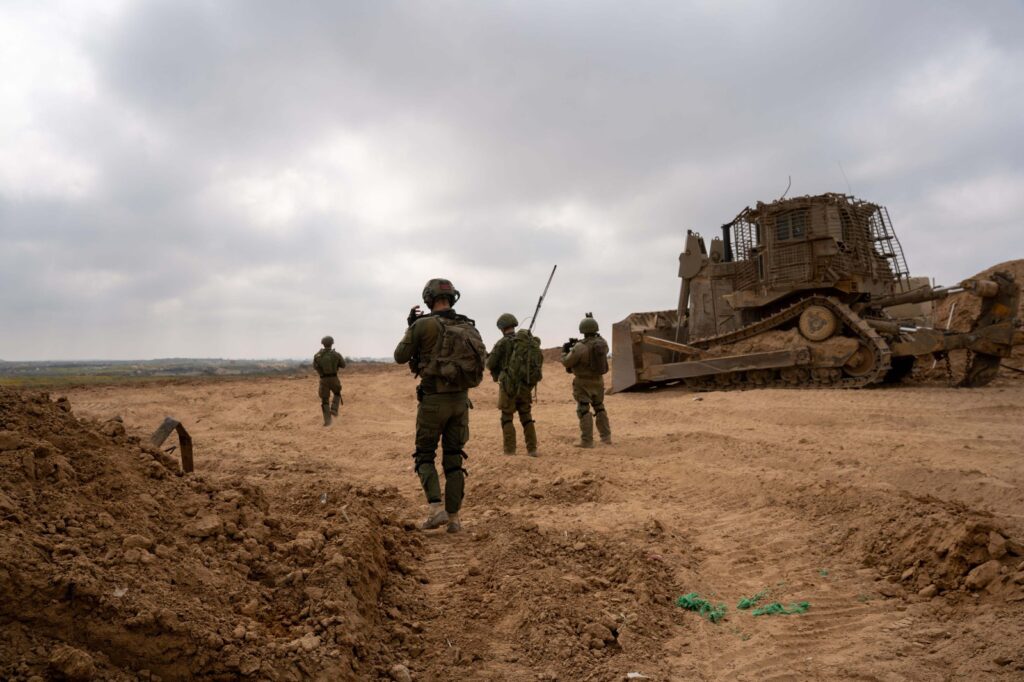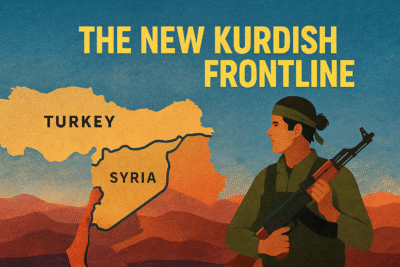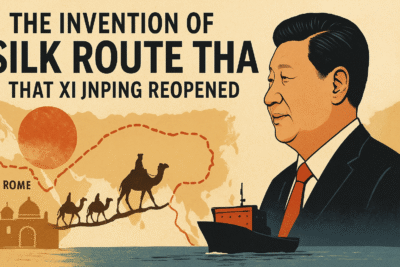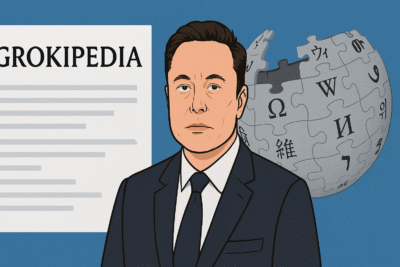
The fragile ceasefire between Israel and Hamas in Gaza has come to a tragic end, unleashing a wave of violence and devastation. In the early hours of Tuesday, Israel launched a large-scale bombing campaign against Gaza, killing hundreds and injuring many more, in one of the bloodiest days of the 17-month conflict. The ceasefire had previously brought a temporary halt to hostilities, allowing the release of some hostages and detainees, but its collapse has once again plunged the region into chaos. With both sides entrenched in their positions, the prospects for peace appear dim.
The violence has also sparked significant domestic unrest within Israel, with large-scale protests erupting against Prime Minister Netanyahu’s government and its handling of the war. Many Israelis are voicing their discontent over the resumption of hostilities and the government’s failure to secure a deal for the return of hostages. Meanwhile, the humanitarian situation in Gaza has worsened, with restricted access to essential aid, a lack of clean water, and widespread destruction. As the conflict escalates, the region’s future remains uncertain.
The current Israel-Hamas conflict is explained here in 10 points:
1. What triggered the latest round of violence between Israel and Hamas?
The latest round of violence began after Hamas launched an attack on southern Israel on October 7, 2023, leading to the escalation of hostilities between the two sides.
2. What happened after the ceasefire collapsed?
After the fragile ceasefire ended, Israel launched a large-scale bombing campaign against Gaza, resulting in significant casualties, with at least 404 people killed, many of them civilians, and hundreds more injured.
3. What does Israel want from the conflict?
Israel aims to defeat Hamas, free its remaining hostages held by the militant group, and ensure its own security. Israeli leaders, including Prime Minister Netanyahu, have stated that military pressure is the only way to achieve these goals.
4. What does Hamas want in the negotiations?
Hamas seeks commitments from Israel for a long-term halt to hostilities. However, Israel has resisted making such commitments, focusing instead on securing the release of all hostages.
5. How has the international community reacted to the violence?
The international community has largely been divided. While the United States has supported Israel’s military actions, humanitarian organizations, including the UN and UNICEF, have expressed deep concerns over the humanitarian crisis in Gaza, including the lack of access to essential aid.
6. What are the conditions in Gaza like now?
Gaza is facing dire conditions, with widespread destruction, lack of basic necessities like water and electricity, and an overwhelmed healthcare system. Hospitals are struggling to cope with the influx of casualties, and the population is living in shelters or ruins.
7. Why are there protests in Israel?
Protests erupted in Israel in response to the resumption of hostilities and the government’s handling of the crisis, including the dismissal of key officials and the prioritisation of military action over negotiations for hostages’ release. Many Israelis feel that the war is being used as a political tool to strengthen Netanyahu’s coalition with far-right parties.
8. What role does political pressure play in Israel’s decisions?
Netanyahu’s government is under pressure from far-right political groups, particularly those demanding the continuation of the war. The government’s actions appear to be influenced by the need to maintain its coalition, which includes far-right factions that push for aggressive military strategies.
9. How has the humanitarian situation in Gaza been affected by the conflict?
Humanitarian aid has been severely restricted, with little access to food, water, and medical supplies. This has exacerbated the suffering, particularly for children and other vulnerable groups in Gaza, where electricity and clean water supplies are critically low.
10. What is the future of peace talks between Israel and Hamas?
Peace talks have stalled, with both sides holding differing views on what a resolution should look like. Israel is focused on military action and the destruction of Hamas, while Hamas is seeking a long-term cessation of hostilities. Any meaningful peace deal seems distant, as both sides appear entrenched in their positions.




2 thoughts on “Gaza back to humanitarian crisis as Israel pummels Strip in new operation”